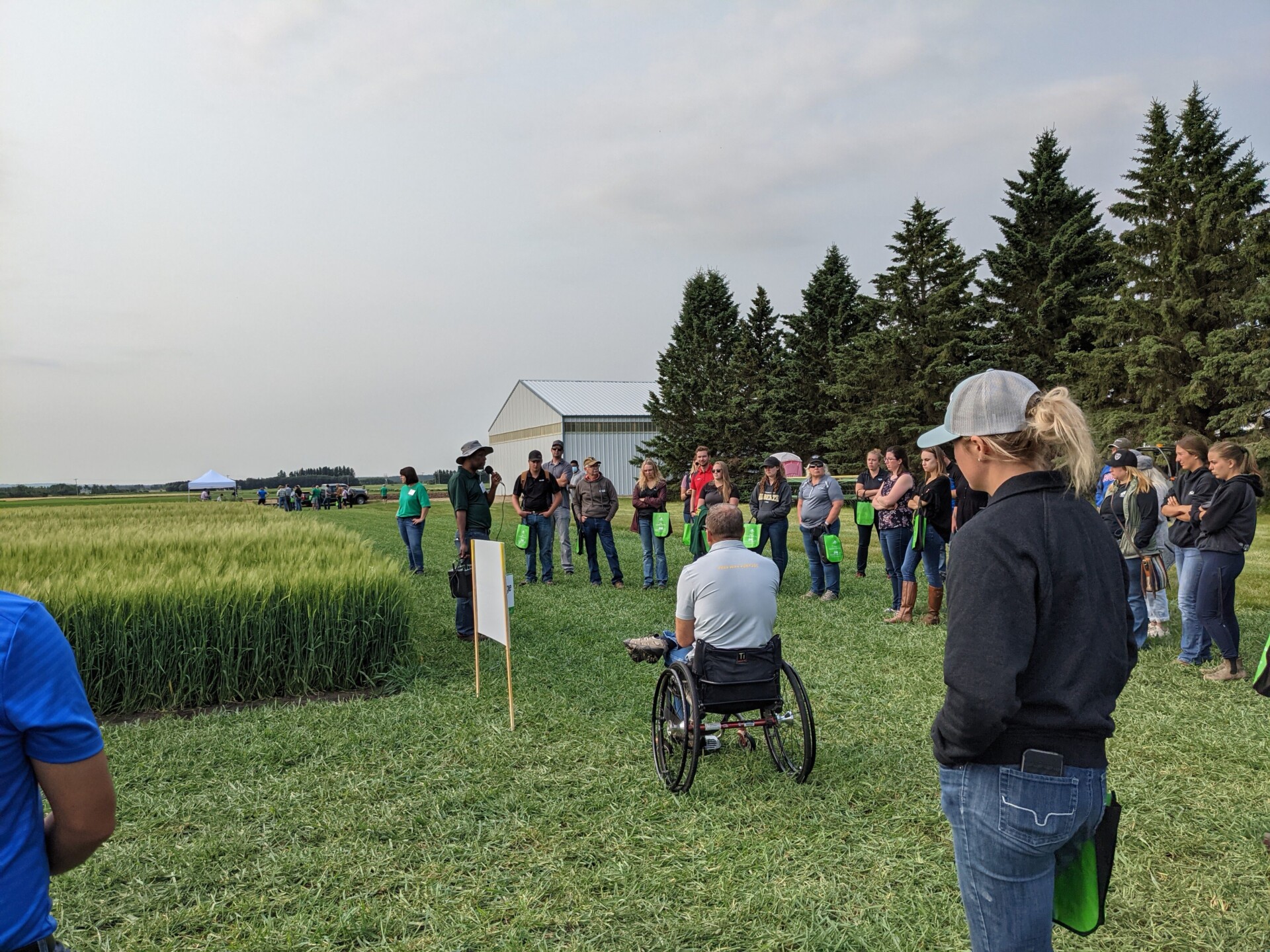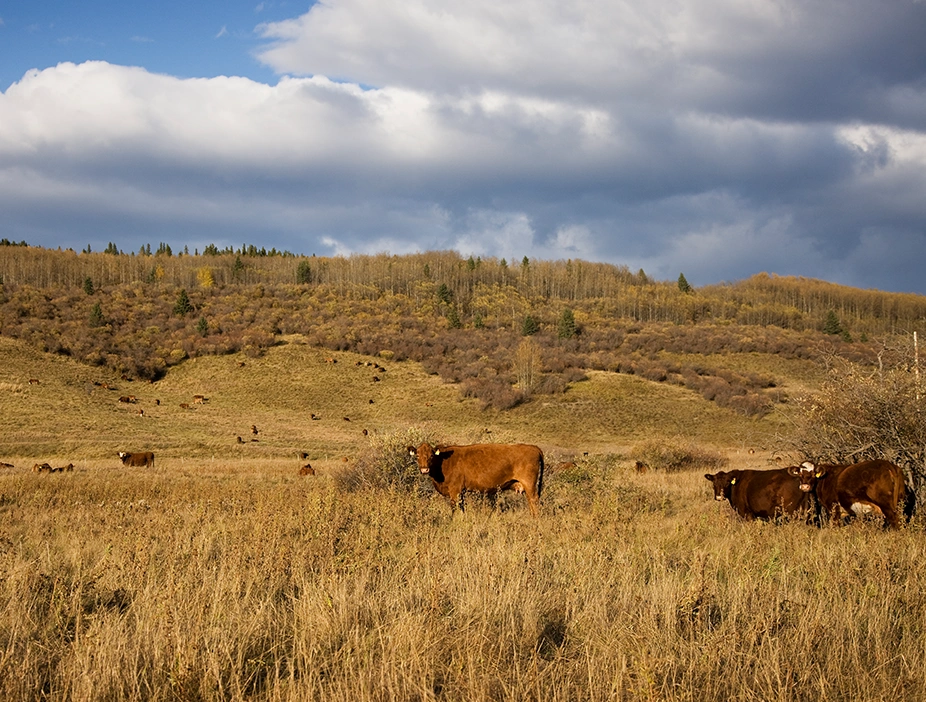Selecting for improved feed efficiency and carcass quality: putting theory into practice
Research under the first Beef Science Cluster (FDE.05.09 and BQU.03.10) identified a number of genomic markers for feed efficiency and carcass characteristics in feedlot cattle. However, the potential impact of selecting for improved feedlot feed efficiency on maternal traits (cow winter feed requirements and reproductive traits) is unknown.
Completed: 2018
Assessing production with additional protein in late gestation cows
As a calf grows, the nutrient requirements of the cow increase substantially. In cases where energy demand exceeds the nutrients available, skeletal muscle may be used as a source of energy.
Started: 2015 | Completed: 2018
Understanding dark cutters to reduce prevalance
Dark cutting is a multi-factorial condition caused by the interaction of a number of different management and animal factors. Even though a great deal of work has gone into attempting to prevent the dark cutting condition, it continues to occur and may even be rising.
Completed: 2018
The importance of trace minerals in calving outcomes
The objectives of this study were to identify geographical regions at high risk for micronutrient deficiencies and evaluate the impact of micronutrient status and supplementation practices on calving outcomes.
Started: 2015 | Completed: 2016
Occurrence, characterization and risk factors associated with lameness within Alberta feedlots
From the analysis of health records, lameness was the second most-treated condition at feedlots, following respiratory disease, representing 30.4% of all treated animals/year. The most common lameness diagnosis was foot rot at 72%, followed by joint infection at 19.3%, and lame with no swelling at 5.5%.
Completed: 2016
Testing for antimicrobial resistance in the feedlot
The increasing societal pressure about the use of antimicrobials in agriculture provides an opportunity to improve practices and investigate alternatives, but continued access to effective products is extremely important in managing cattle health and welfare.
Completed: 2015
Does vitamin A affect marbling?
Vitamin A is involved in many biological processes. Cattle cannot manufacture vitamin A themselves, so it must come from the diet. Vitamin A is found at high levels in fresh green forage, and at much lower levels in weathered forage and grain.
Completed: 2015
Understanding dark cutters and B4 beef
Dark-cutting is a youthful (under 30 months) carcass condition that is severely penalized within the Canadian grading system. Carcasses that ‘cut dark’ are assigned a grade of Canada B4 and their value is reduced by up to $0.50/lb, meaning that up to $300 in value can be lost per head if a carcass grades B4.
Completed: 2015
Breeding barley and triticale cultivars for higher feed yields
According to the 2006 Competitiveness Study, corn yields in the U.S. increased from 90 bushels per acre in 1980 to 150 in 2005. In Canada, average barley yields increased from 45 to 55 bu/acre in the same time period.
Completed: 2019
Showing 73-84 of 118



